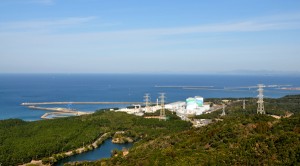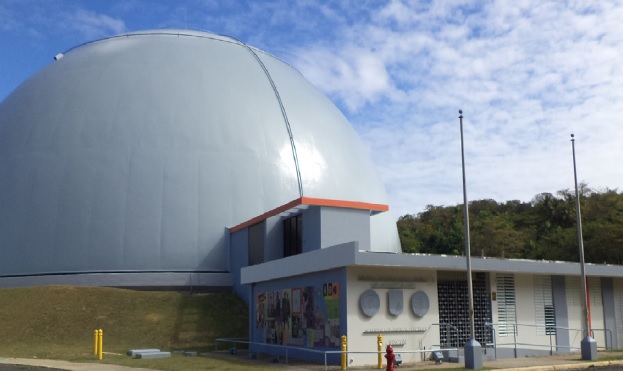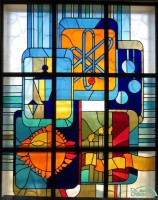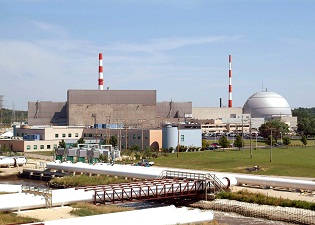In my last article, I briefly related a story about a research team that had essentially cured HIV during animal trial studies with rats using medical isotopes. Following up on the scientific literature, it revealed similar success (E. Dadachova, A. Casadevall, Semin. Nucl. Med., 2009, 39(2), 146). Just recently, I heard another story during a seminar on alpha therapy that involved prostate and bone cancer. A patient was in such excruciating pain that his family had to transport him to the hospital on a stretcher in the back of a pickup truck. Following a single injection of an alpha-radiation drug, he walked out of the hospital on his own later that day.


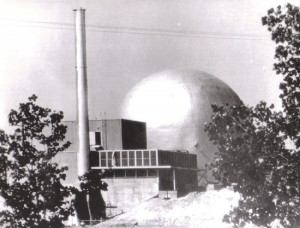
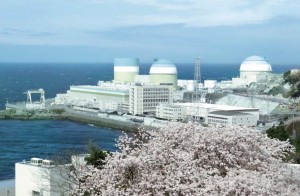
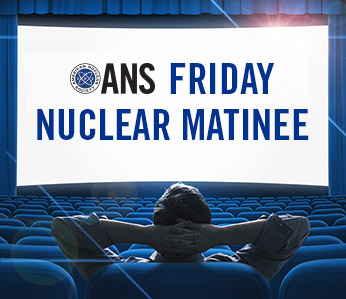
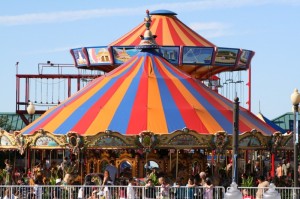 The 306th edition of the Nuclear Energy Blog Carnival has posted at Neutron Bytes.
The 306th edition of the Nuclear Energy Blog Carnival has posted at Neutron Bytes.